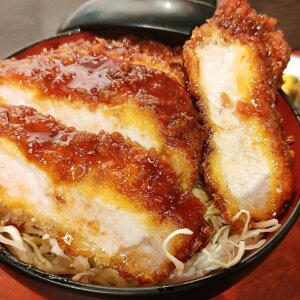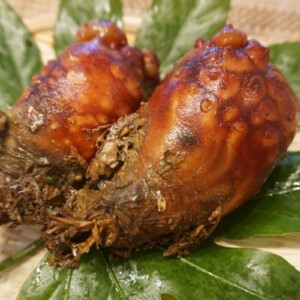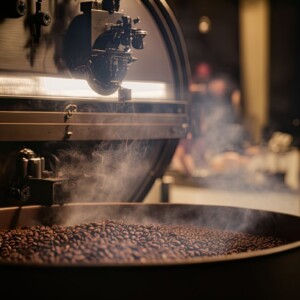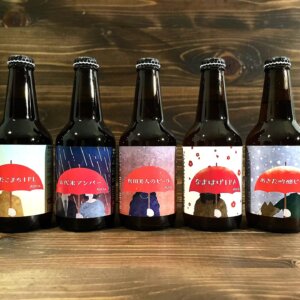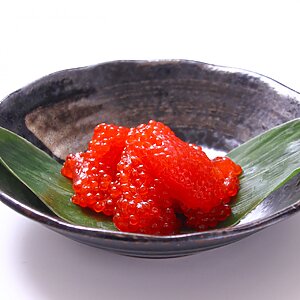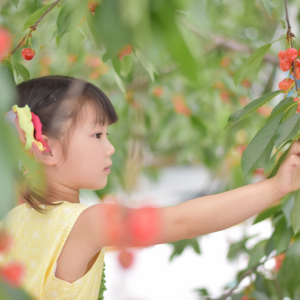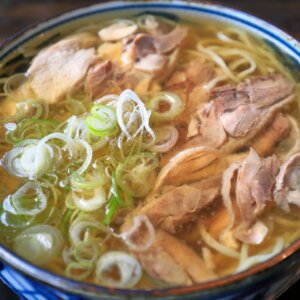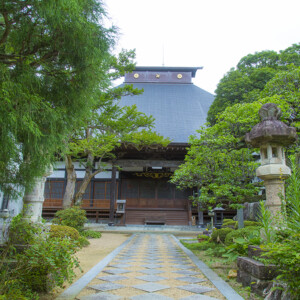
Saimochi is an exquisite local dish from Tamura City, Fukushima Prefecture? What is the essential ingredient "juunen"?
table of contents
Speaking of winter, it's the season that makes me miss mochi. I'm sure many of you have fond memories of stuffing your mouth full of mochi during New Year's when you were a child.
we will introduce "saimochi," a local dish that is passed down in Tamura City, Fukushima Prefecture The ingredients are very simple and the appearance is simple. However, after taking a bite, the mellow mouthfeel and rich flavor of the "juunen" become addictive. This dish offers a sense of countryside wisdom and warmth, hoping to feed your family something delicious.
Saimochi is rarely seen in restaurants, and is a dish that can truly be described as a ``homemade taste.'' If you are interested, please try cooking at home.
What is “junen” used for saimochi?
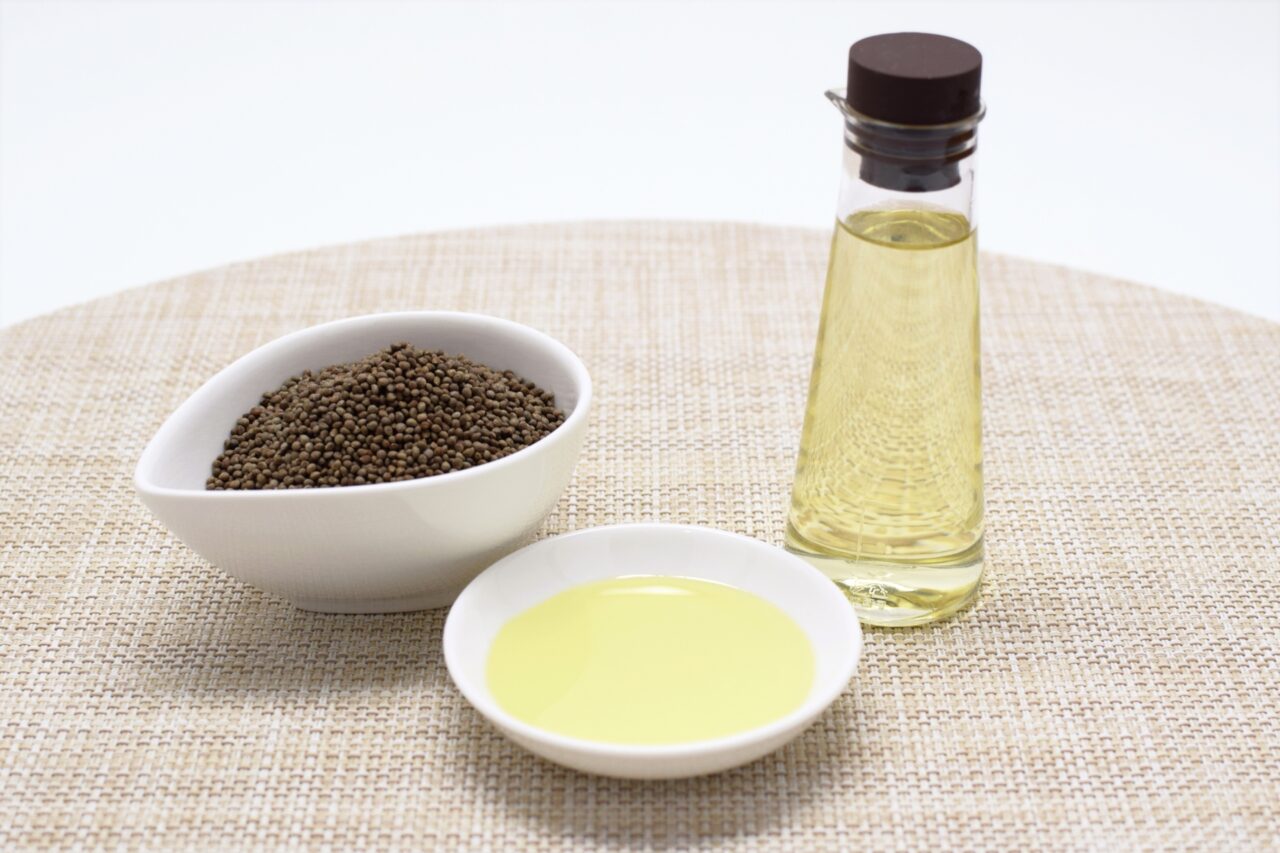
"Junen" is another name for perilla. Perilla is a plant belonging to the Lamiaceae family, which is completely different from sesame seeds, which belong to the Sesame family. Perilla, which is native to Southeast Asia, grows many leaves that are larger than perilla in summer. The leaves are not very familiar in Japan because they are highly fibrous and have a unique flavor, but in Korea they are used as an ingredient in kimchi and eaten as a wrap for grilled meat.
Why is egoma called Junen? There are various theories about it. The most popular theory is that it comes from a legend that says that eating perilla will extend your life by 10 years, and that it comes from a legend that if you sow seeds of perilla that have been preserved for 10 years, they will sprout.
In recent years, the ingredients in perilla have become a hot topic for their health benefits, and perilla oil has started appearing in supermarket shelves. While sesame oil has a fragrant aroma, perilla oil is almost tasteless and odorless. Due to its heat-sensitive nature, it is recommended for use in dressings, etc.
Perilla fruit comes in white and black. Although it can be eaten raw, the texture and flavor become more pronounced when roasted, so it is important to dry-roast it once, even when using it straight, in order to enjoy it better. A product called perilla powder is also available that is already ground.
Perilla is a familiar ingredient in Fukushima Prefecture.
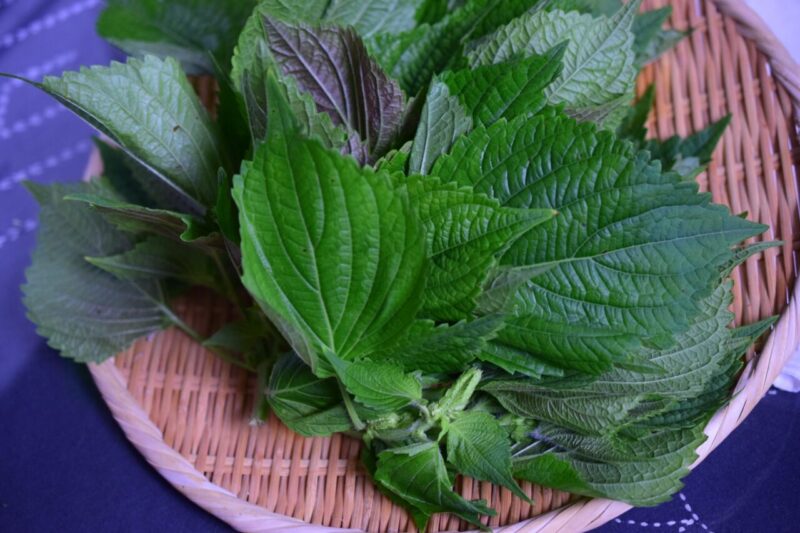
Fukushima Prefecture has had a culture of eating perilla for a long time, and recipes and ingredients using perilla have been passed down throughout the prefecture.
One of the local dishes that uses perilla ``junen botamochi'' . The recipe is simple: add sugar and salt to ground black sesame seeds, then mix the soybean paste into the botamochi rice cake. This is a dish where you can directly feel the fragrant flavor of Junen.
Another typical example is the aromatic ``Junen Miso.'' Dry roasted sesame seeds are ground and added to sweet miso. The glossy sweet miso goes perfectly with the hot, freshly cooked rice. It's also delicious on top of cold cucumbers or tofu, making it an appetizer that's easy to drink.
The ``Junen cold sauce udon'' with plenty of juunen added to the sauce is also delicious. Add sugar, miso, and soy sauce to ground perilla and serve as a dipping sauce. It has a different flavor from regular sesame sauce, and is easy to eat even when your appetite is low in the summer.
As you can see, perilla has been a familiar ingredient that has been eaten throughout Fukushima Prefecture since ancient times.
Introducing how to make Saimochi, a traditional dish from Tamura City, Fukushima Prefecture
, located on Nakadori in the central part of Fukushima Prefecture, has a local dish called ``Saimochi.'' It has been passed down from generation to generation in every household in Tamura City, and has been served at New Year's Day and celebrations, as well as when entertaining guests. Unfortunately, it is rarely seen in modern restaurants as it is based on home cooking. If you want to try it, you have no choice but to make it yourself, it is truly a rare local dish.
The mochi used for saimochi is a common mochi that you often see. What makes it unique is the red bean paste that is wrapped around the mochi, which is made from white sesame seeds and tofu.
Do you mix tofu with mochi? It's hard to get an image of it, isn't it? If I had to compare it to food, it would be a creamier version of Shiraae. It has a relaxing and deep flavor, but it has a gentle flavor that is not too strong.
Saimochi recipe
From here, I will introduce the recipe for saimochi.
material
- Mochi (freshly made mochi or mochi softened by heating in the microwave)
- White perilla 100g
- 1 piece firm tofu
- oil
(A)
- 4 tablespoons soy sauce
- 4 tablespoons sugar
- 1 tablespoon mirin
- 1 tablespoon sake
- A little bit of dashi stock
How to make
① Lightly dry roast the white sesame seeds. Drain the tofu well.
② Grind the white sesame seeds in a mortar. Add firm tofu to it and mix by kneading.
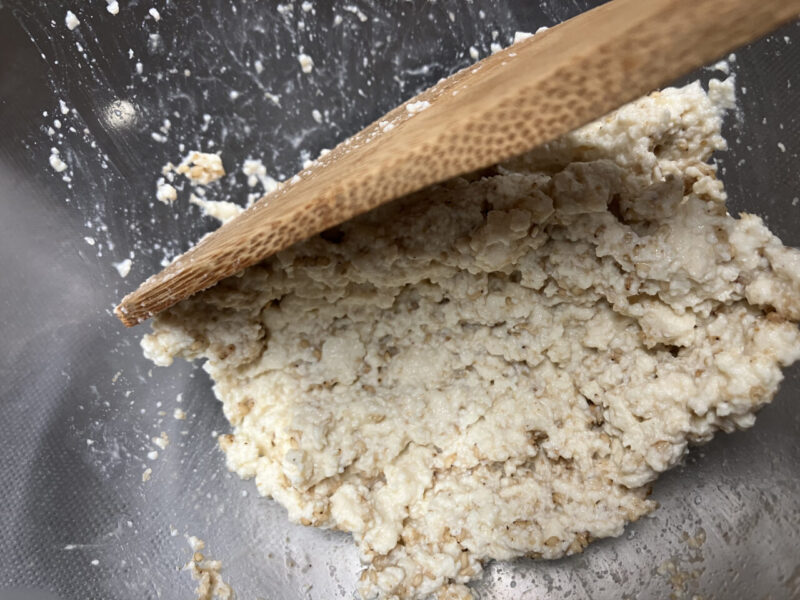
③ (A) and mix well. Add a little hot water (not listed) to make a loose paste.
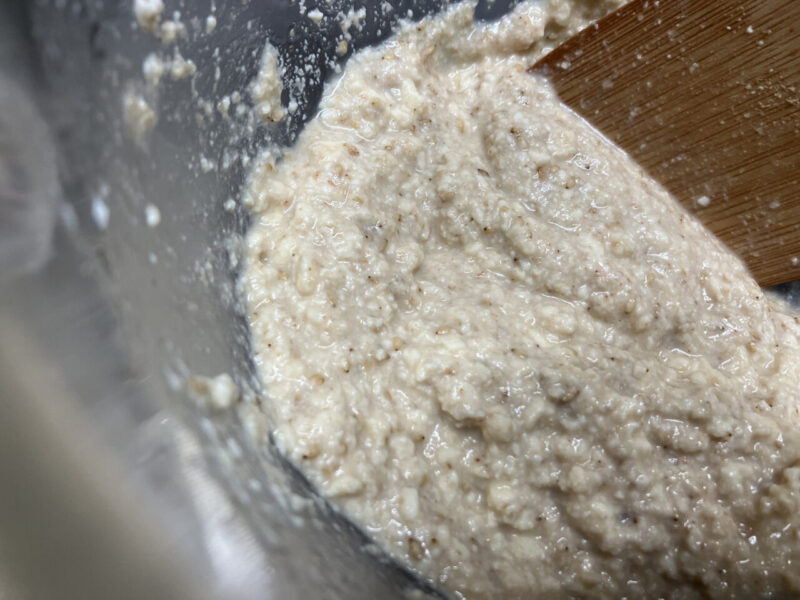
④ Pour ③ into a heated pan with oil and fry while stirring until it thickens slightly.
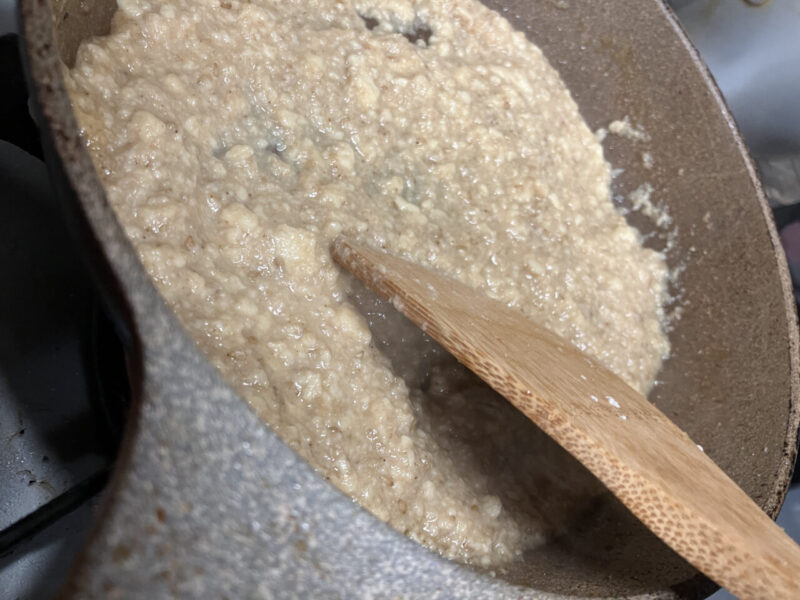
⑤ Add the mochi to ④ and mix well.
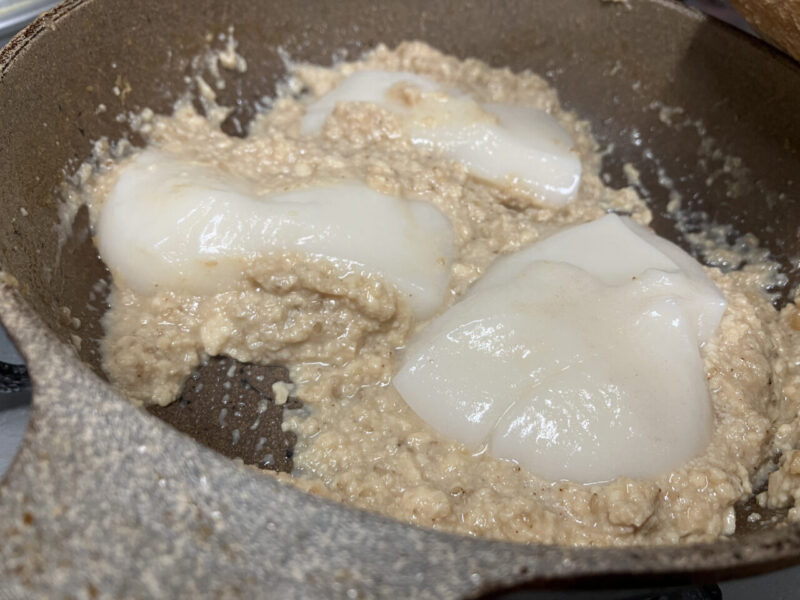
Transfer the completed "Saimochi" to a plate and that's it.
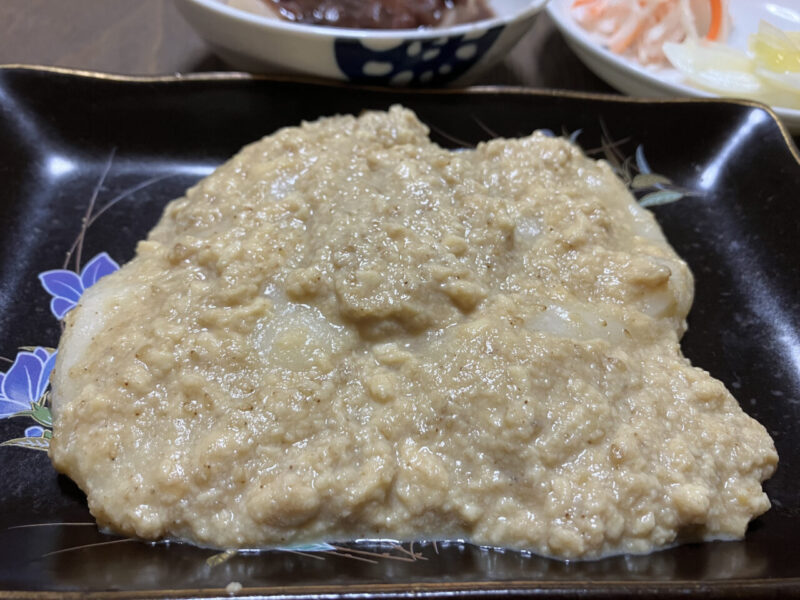
The above recipe is just an example, and the amount of seasonings will vary depending on the family, making this dish a true home-style dish. It's very moving to think that the recipe, which was passed down through trial and error to find the flavor that the family liked, has been passed down to this day.
Also, although the flavor is different from those using perilla, you can also make ``Saimochi'' using regular sesame seeds. Please use it when it is difficult to get perilla.
summary
This time we introduced Saimochi, a traditional dish from Tamura City, Fukushima Prefecture. This is a luxurious dish that uses plenty of perilla, which has been said to be a highly nutritious ingredient since ancient times. Although the ingredients are simple, the rich flavor that takes advantage of the flavors of the ingredients can be said to be the fruit of the wisdom of our ancestors.
It's a rare dish that you won't find in restaurants, so if you're a fan of local cuisine, please give it a try and add it to your repertoire.



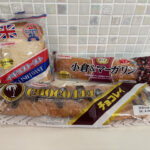

![We pursue our carefully selected "miso" culture! Introducing recommended miso and local dishes [Fukushima Prefecture] miso](https://jp.neft.asia/wp-content/uploads/2024/08/24466227_m-150x150.jpg)
![[Part 2] What is Ichinoseki and Hiraizumi's "Mochi Honzen"? | Over 300 varieties? A diverse range of "cooked mochi" Mochi Honzen 02](https://jp.neft.asia/wp-content/uploads/2025/11/mochihonzen_ic02-150x150.jpg)
